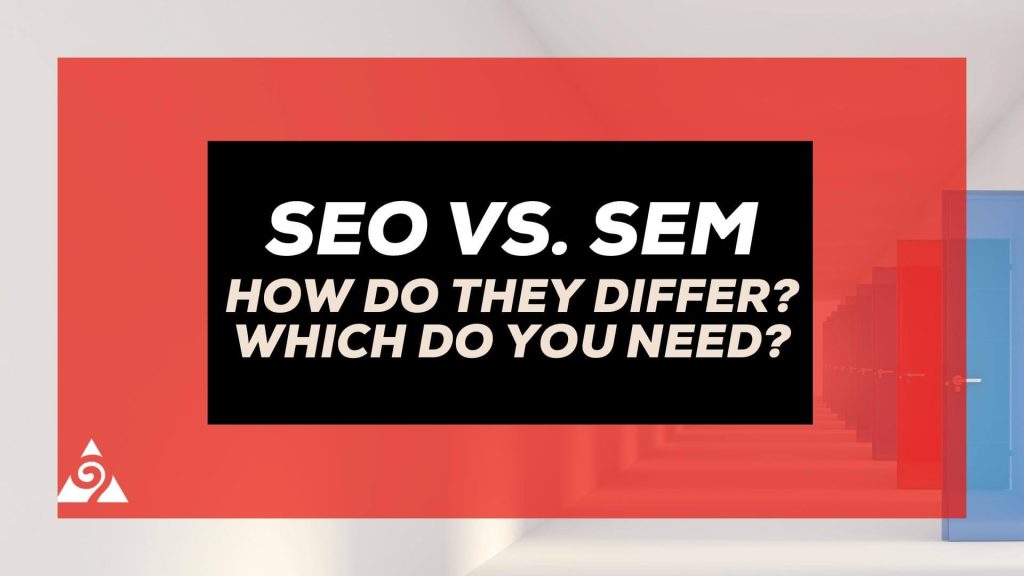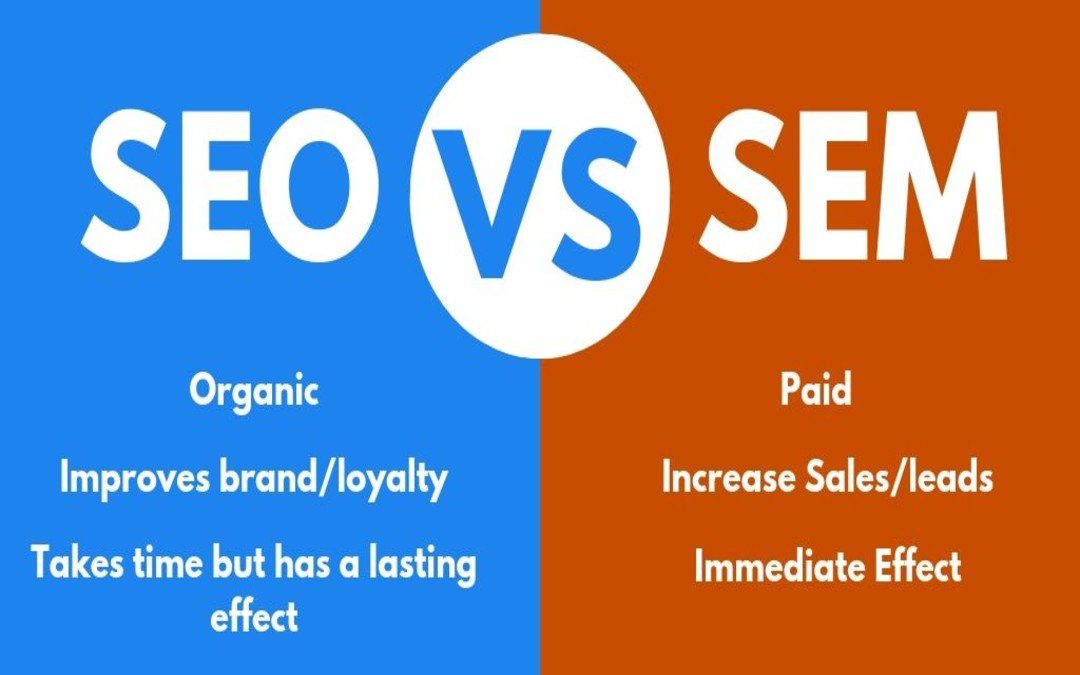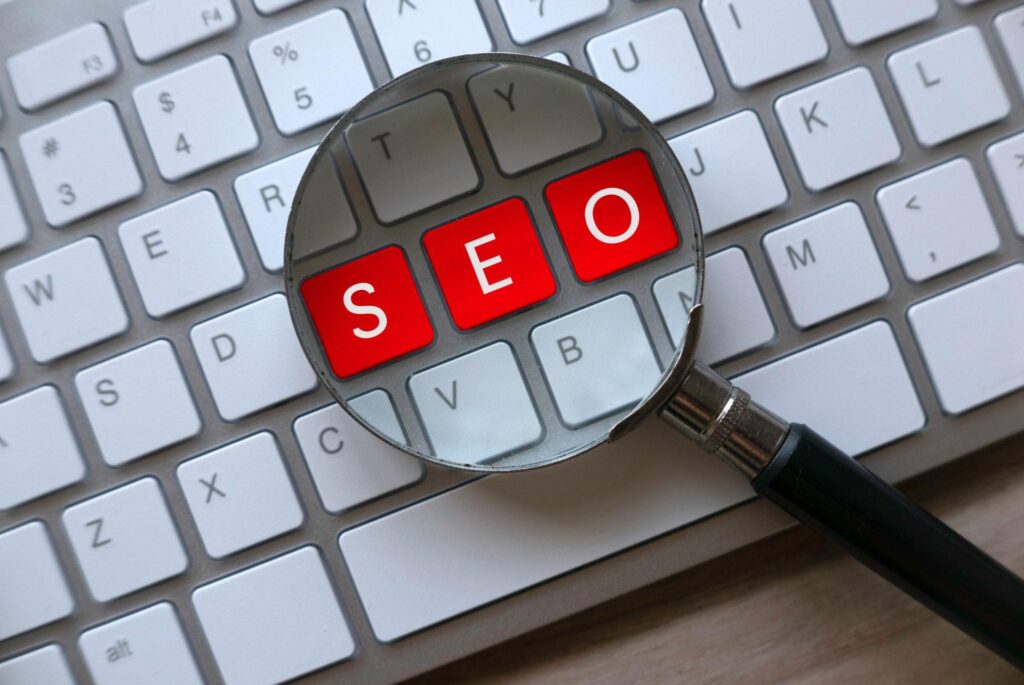When it comes to optimizing content for search engine visibility, online marketers have long debated the merits of two strategies: SEO and SEM. While their differences are sometimes unclear, both aim to increase website traffic and maximize a companys online presence.
By understanding the distinctions between Search Engine Optimization (SEO) and Search Engine Marketing (SEM), businesses can capitalize on their strengths in order to create powerful synergies that will propel them forward in an increasingly digital marketplace. In this article, well explore how these two key tactics differ from one another, as well as how they can be used together effectively.
Overview of the Differences and Synergies

Overview of the Differences and SynergiesWhen it comes to SEO vs SEM, there are some clear differences between the two approaches. SEO focuses on organic search engine results, while SEM adopts a more proactive approach by utilizing paid ads or sponsored listings.
While both strategies aim at increasing visibility and website traffic, they employ different tactics to do so. SEO is a longer term strategy that requires ongoing maintenance and optimization for best results.
It involves creating content with effective keywords, optimizing site structure and architecture, as well as ensuring technical aspects such as page speed are up-to-date. With its slow but steady growth potential, SEO is an important tool in any digital marketing strategy.
On the other hand, SEM provides instant gratification by leveraging sponsored placements which appear alongside organic search engine results pages (SERPs). By bidding on relevant keywords or phrases within Google Adwords campaigns or other platforms like Bing Ads etc.
, businesses can drive targeted traffic from highly converting sources quickly compared to SEO efforts alone. Despite their differences however, when used together correctly – both strategies can produce maximum benefits for online business owners through increased brand visibility and website performance overall.
Through careful keyword research paired with strategic placement of ads – businesses can maximize synergy between these two powerful methods of digital marketing to reach new heights in success!
What is SEO?

SEO stands for Search Engine Optimization, and its a type of digital marketing strategy that helps businesses increase visibility in search engine results. SEO is the practice of optimizing web pages to make them more attractive to search engines and improve their rankings on SERPs (search engine result pages).
This includes improving page titles, meta descriptions, content quality, and using keywords strategically throughout the article. SEO also involves off-page factors like link building, social media presence, and other activities that can help boost a websites ranking.
It takes time and effort to optimize a website for better performance in organic search engine results – but when done correctly it can pay off with increased traffic from potential customers who are interested in your products or services. Understanding how SEO works is essential for any business looking to get ahead online.
What is SEM?
Search engine marketing (SEM) is a type of digital marketing that focuses on the promotion of websites by increasing their visibility in search engine results pages through both paid and unpaid means. Through SEM, businesses can market their products or services to potential customers who are searching for them online using specific keywords, phrases, or topics.
This form of advertising allows for businesses to reach out to highly targeted audiences who may be interested in what they have to offer. By utilizing SEM tactics such as optimization campaigns and pay-per-click ads, companies can create more visibility on search engines while also driving traffic directly from those search engine results pages. With an effective SEM strategy in place, a business can not only increase its organic search ranking but also attract more qualified leads and convert them into paying customers.
Key Benefits and Challenges of Implementing SEO & SEM Strategies

Implementing SEO & SEM strategies can bring many advantages to a business. It can help businesses increase their visibility and reach, as well as build relationships with potential customers.
Additionally, these strategies can provide actionable insights that allow companies to quickly respond to changes in the market and stay ahead of their competition. However, there are also some challenges associated with implementing SEO & SEM strategies.
One of the main issues is that they require continuous effort from businesses in order to remain successful over time – this includes staying up-to-date on search engine algorithms and trends in consumer behavior, as well as continually monitoring campaigns for optimization opportunities. Additionally, it may be difficult for small or medium sized businesses to devote the necessary resources towards implementing effective SEO & SEM initiatives due to budget constraints or lack of expertise within their organization.
Conclusion

Search engine optimization (SEO) and search engine marketing (SEM) are two of the most popular digital marketing strategies, but they often get confused for one another. SEO is a long-term strategy that focuses on organic growth and visibility in search results, while SEM involves paid methods such as pay-per-click advertising to achieve quick visibility and sales.
Both SEO and SEM should be used together to maximize your online presence, with local SEO Dublin playing an important role in reaching local customers. By understanding both strategies, you can develop a comprehensive plan to increase traffic to your website and grow your business over time.


